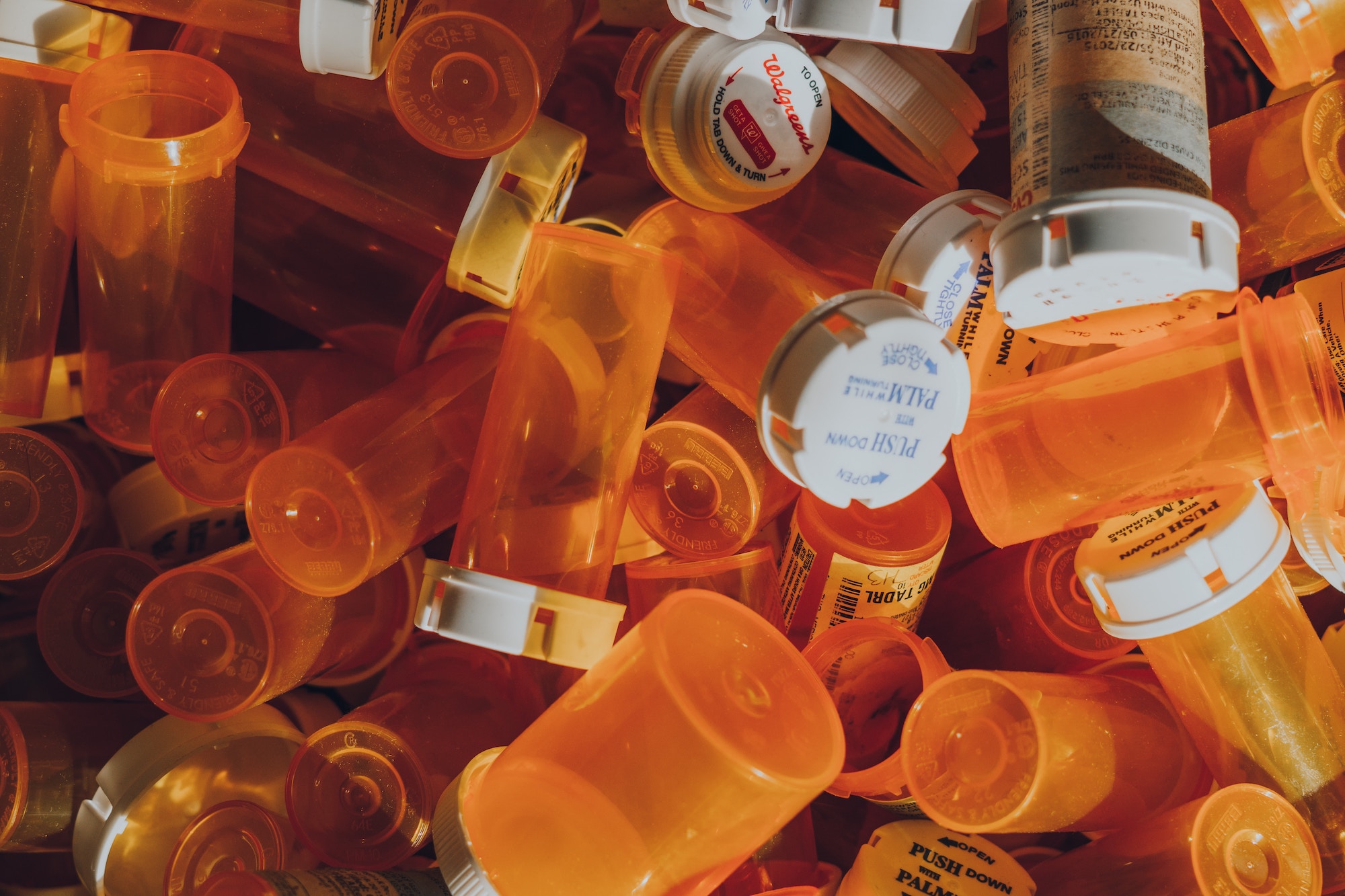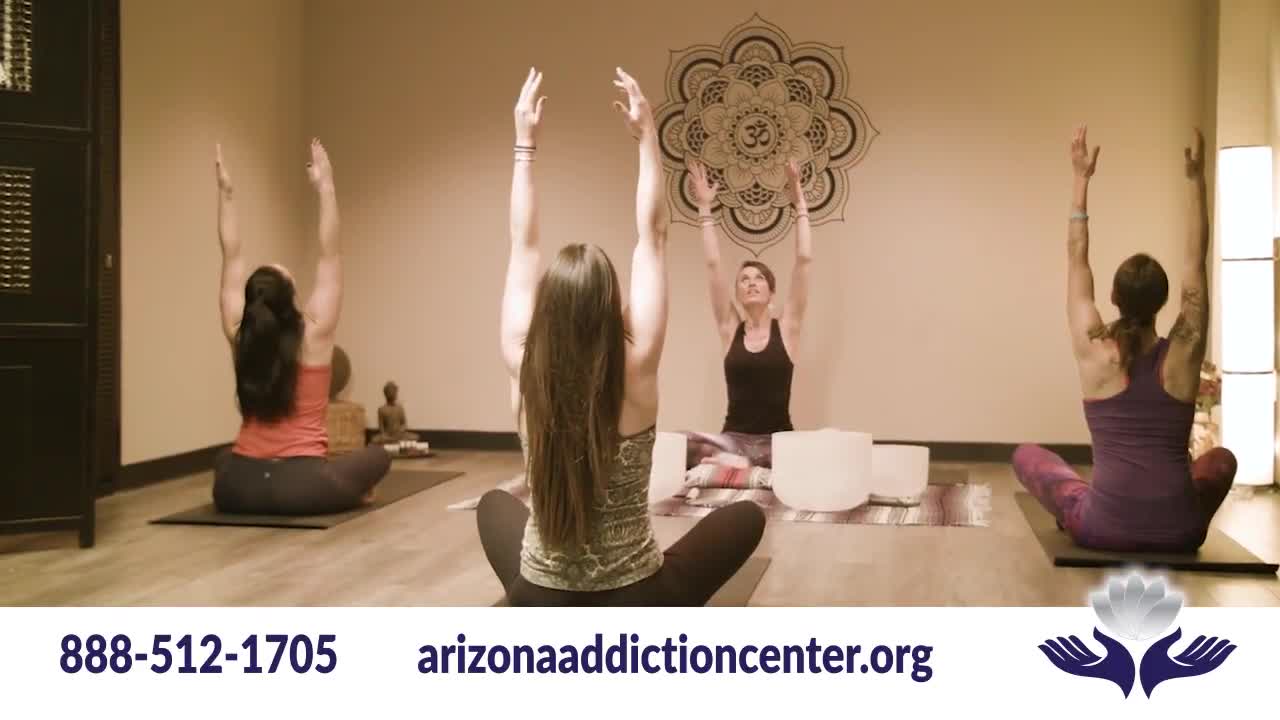Dangers of Prescription Drug Abuse

The use of a prescription drug is only meant to be administered by a licensed practitioner. Prescription drug abuse or inappropriate usage is when a person starts to use a prescribed medication outside of a doctor’s instructions. This could be someone continuing medication use after it is no longer needed or using more of the medication than the doctor’s instructions. Although the consequences are detrimental, drug abuse may become persistent and compulsive.
Prescription drugs may be more dangerous than people believe if they are administered in a manner that a doctor has not prescribed. It’s drug abuse and this is illegal.
What Are Prescription Drugs?
A prescription drug (also pharmaceutical or medical medication) is a product that is prescribed by a doctor. Doctors can prescribe medications for minor to severe pain as well as other symptoms.
Why Do People Misuse Prescription Drugs?
Many may use pharmaceutical drugs to help them have more pleasure, weight loss, change, or to simply get high. Though these medications can be helpful, they are just as dangerous as street drugs. Prescription medicines, like other illegal drugs, are often distributed in the markets.
Nevertheless, prescription medicines are only effective for those with chronic pain or illnesses. This is because a specialist has examined these individuals and administered the correct drug for their condition. Doctors also tell patients exactly how to take the drug, how much to take, and for how long. However, this does not always stop a person from continuing use or overusing.
What Are The Risks Of Prescription Drug Abuse?
When someone is using narcotics whether these substances be medications or street drugs, the risk of someone committing a crime, being the victim of a crime, or having an accident is much greater.
Like any misuse of medications, the use of prescription medicines for misunderstood purposes presents severe health risks.
Opioid Abuse
May contribute to diarrhea, change in mood, decreased thinking (cognitive activity) capacity and even diminished breathing rate, coma, or death.
CNS Depressant Abuse
CNS depressants can slow down a person’s pulse and breathe. Their internal organs can be put in jeopardy if a person uses other medications along with it such as prescription painkillers, over-the-counter cold, allergy drugs or alcohol.
Stimulant Abuse
Heart failure or coma (like certain ADHD medications) may be induced by this kind of prescription drug abuse. Such dangers are exacerbated by the association of stimulants with other drugs like OTC medications and cold medicines. When you take too many stimulants, they can contribute to an irregular heartbeat or dangerously high temperature. High doses can render someone aggressive or anxious over a short period.
A stimulant addiction may not result in physical dependence and relapse, but the use of opioids could become a complicated habit.
When people take drugs in a manner that is not meant for use, the risks of prescribed drug misuse may be rendered worse. The reality that Ritalin is recommended for small children with ADHD may seem innocuous. Furthermore, if someone does not use it (such as snorting or injection) in an unnecessary way, then the toxicity of Ritalin can be severe.
Effects of Prescription Drug Addiction
Listed below are some of the health complications that come along with prescription drug abuse:
Health Problems
Abuse of these drugs poses various risks. Opioids may induce fear, mood changes, reduced cognitive function, menstrual cycle interruptions, depression, and slowed or accelerated breath.
If the respiration is extreme, there is even a chance of unconsciousness or death. CNS depressants and sedatives may contribute to memory problems and convulsions. Short-term use of some stimulants can contribute to paranoia; high doses can lead to an increase in body temperature. Cardiovascular diseases and severe epilepsy are also at risk.
Addiction
Some of these drugs can be addictive already. If misused, there is an exponential risk of addiction. You are physically dependent upon a drug, and you develop an unchecked desire for a drug. Usually, you need more medications with the same effects at higher doses and may that is risky behavior.
Stopping the medication use causes symptoms of withdrawal, physical symptoms such as diarrhea, vomiting, and anxiety. Removal of opioids leads to symptoms like bone pain, sleeplessness, fatigue, and excessive leg motion. The loss of stimulants may trigger problems with depression, stress, and sleep. Removal from a variety of sedatives and relaxing agents may contribute to life-threatening effects.
Accidents
Since these medications may induce effects such as sedation, car accidents can easily occur. There is also a higher risk of injury because your cognitive functions are impaired.
Poor Academic Performance
Though some people use prescription drugs to help them focus on work or academics, in the long run, it only affects their ability to learn. It may help in the moment, but it will greatly affect a person’s brain function in the future.
Research shows that addiction is a disease that can be effectively treated. The type of medication used and the preferences of the patient must be taken into account when considering rehabilitation. When available, effective treatment may have to incorporate multiple components such as detoxification, medication, and medicine. For the patient to complete recovery, several medical treatments may be required.
Behavioral therapies (such as risk reduction and cognitive-computational therapy) and drugs represent two main areas in the diagnosis of drug addiction. Behavioral therapies help patients avoid using medications by modifying negative thoughts and behavioral patterns. We advise you to manage your appetite and eliminate circumstances that could contribute to relapses. Behavioral therapies that take the form of medical, family, or social therapy can also help patients strengthen their interactions and job and community functions.
Medicines such as buprenorphine, methadone, and naltrexone can also be used to treat addiction to prescription drugs. Both prescription treatments may help prevent further addictive impacts (naltrexone) on the conscience or relieve symptoms of invasion and cravings (buprenorphine and methadone).
Medications for the management of opioid addiction, known as medication-assisted therapy (MAT), frequently work together with psychosocial services or behavioral interventions. There are also drugs available to alleviate physical withdrawal symptoms (lofexidine).
Consult a doctor regarding prescription medication if you think you may have an addiction. Note that medical professionals are trained to help you and not condemn you. You may feel embarrassed to talk about it, but there is no judgment.




